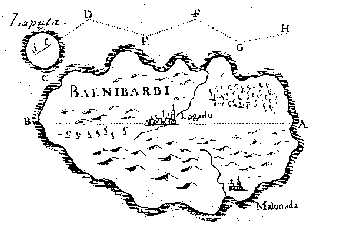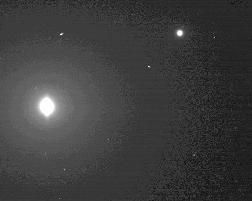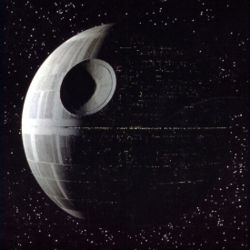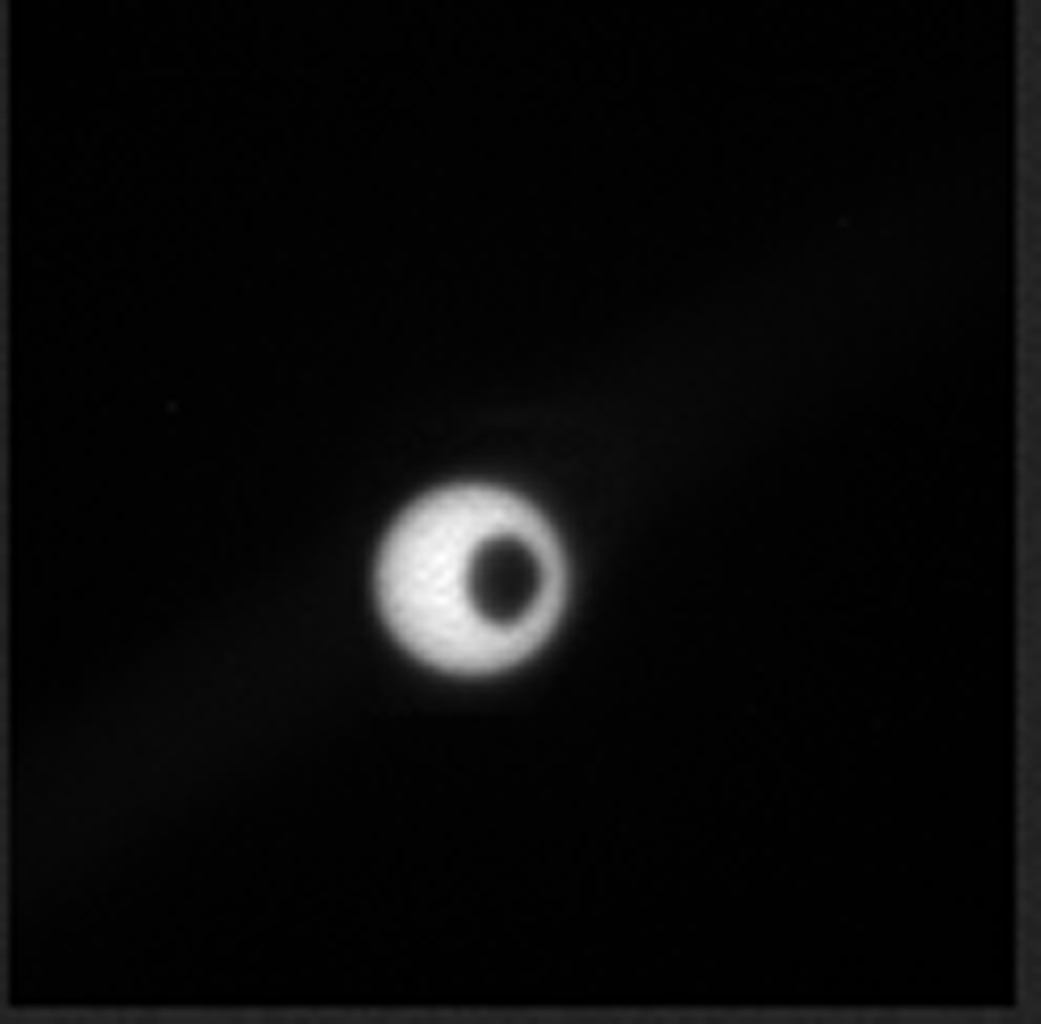Today’s blog bridges past and future, and focuses on Phobos and Deimos – the two moons of the planet Mars, named after the two chariot horses of the Greek god of war (Ares, for whom Mars is the Roman equivalent).
These moons were discovered by the American astronomer Asaph Hall at the Naval Observatory at Washington DC in 1877. He had been searching for them for some time, and was at the point of giving up when his wife Angelina encouraged him to persist. The following night, in a serendipitous moment even better than fiction, he was able to identify Deimos, and six days later he spotted Phobos as well.

But this tale goes back about 150 years before that, to 1726 and the satirist Jonathan Swift. In the third part of Gulliver’s Travels, having visited the better known lands of the miniature and gigantic – Lilliput and Brobdingnag – Gulliver arrives at a realm of scientists, called Laputa, floating in mid-air. The inhabitants are brilliant, but also implacably ignorant of worldly matters, and as a result, their ideas are usually impractical. Theirs is an interesting story, but the key paragraph from today’s perspective is in the third chapter, and reads as follows:
They have likewise discovered two lesser stars, or satellites, which revolve about Mars; whereof the innermost is distant from the centre of the primary planet exactly three of his diameters, and the outermost, five; the former revolves in the space of ten hours, and the latter in twenty-one and a half
The corresponding figures agreed by astronomers today are 1.38 and 3.46 diameters rather than 3 and 5, and 7.7 and 30.3 hours rather than 10 and 21.5. So his values are remarkably close to those agreed today, yet he had no apparent way to know them. This curiosity has excited a lot of energetic speculation, and no little conspiracy-minded thinking.

It seems likely – taking a more sober view – that he was basing his ideas on patterns of numbers. Mercury and Venus have no moon, Earth has one, and at the time Jupiter was known to have four. Five moons had been spotted around Saturn, and it would be a reasonable guess that another three would be found to give a total of eight. What more natural suggestion than that Mars had two? Kepler had made a similar suggestion, back in 1610.
Swift’s figures for the orbital size seem to be copied from values for Jupiter’s innermost moons Io and Europa, and the orbital period is then derived on the assumption that Mars has the same mass as the Earth. So his speculations may in fact be perfectly logically deduced, given the limited information at his disposal.
But the oddity about these moons did not stop with Swift. Nearly 15 years before Asaph Hall, a team led by H L d’Arrest at Copenhagen, working under more ideal viewing conditions, had failed to detect them. Not only that, but both moons are extremely light for their size, and the orbit of Phobos is close enough to Mars that it will not survive long in planetary terms – it is steadily decaying towards the fringes of the atmosphere. Finally, the surface of both moons is unusually dark – they are among the least reflective bodies in the solar system.

So the idea spread in the late 1950s that they were not natural moons at all, but artificial satellites put into orbit by a hypothetical Martian civilisation sometime between d’Arrest and Hall. This particular idea persisted right through to the presence of our own spacecraft orbiting and landing on Mars. I dare say that some people still adhere to it – after all, you can quite easily believe that an advanced race might disguise an artificial satellite as a moon.
But there are genuine unknowns still about these moons. Nobody has yet come up with a totally convincing theory of their origin – did they cool from the original disc of solar system matter at the same time as Mars itself? Are they splinters from Mars resulting from a prior collision with a suitably large body? Or were they captured from the relatively nearby asteroid belt?
Their low density has also attracted interest. Are they only very loosely packed collections of rubble-like material, rather than solid rock? Or perhaps there are significant cave-like voids riddled through the volume?
Until such time as we establish some kind of real presence on Phobos and Deimos, thus starting the real history of those moons, some of these ideas will remain purely conjecture…

